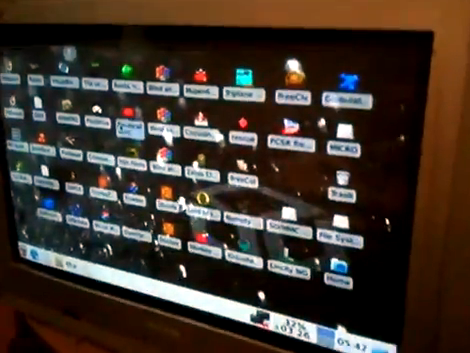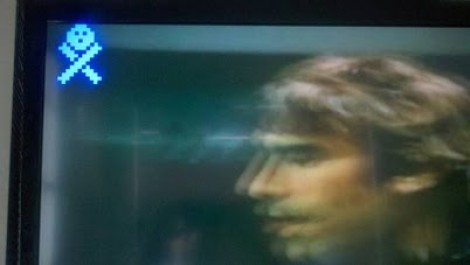
There’s very few users out there who actually have their hands on an Open Pandora Console. But the ones who do might find this hack useful for getting TV out up and running. It’s actually not hard at all, but if you don’t want to alter the hardware on the device you’ll first have to find a cable plug that will fit the EXT jack. This proved more difficult than it needed to be, since TI carries the connector but only sells them in multiples of 2200. A group buy was organized and we’d bet you can still get in on that action.
The connector in question carries TVout1 and TVout2 conductors. These correspond to the Luminance and Chrominance signals needed for the S-video protocol. But [MarkoeZ] wanted to use a composite connection. Turns out that’s not hard either, he hooked up the ground from the plug to the ground of the RCA jack, then connected both video lines to the center conductor, making sure to add an inline 470pf capacitor on the Chrominance side. Check out the demo video embedded after the break to see the final product.















